A Tale of Two Paradises: Why Maui Is the Perfect Holiday Destination For New Zealanders
Exploring the two locales’ similarities and why so many people from New Zealand travel to Maui for vacation.
Each year, close to 100,000 Kiwis pack up and head northward for a tropical holiday in Hawaii – with some venturing on to Maui. These holiday-ers brave the long flight across the Pacific to trade one Polynesian paradise for another.
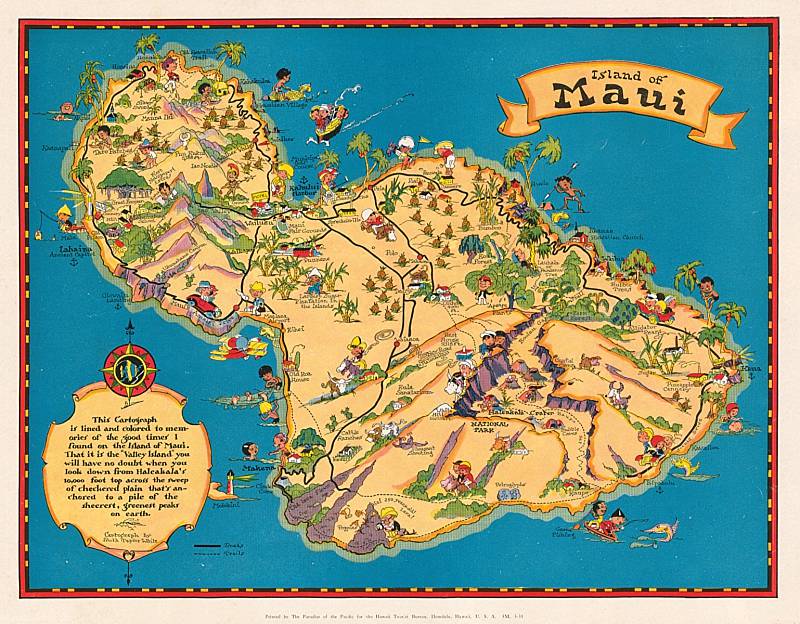
But what exactly draws Kiwis to Maui?
Obviously, the chilly weather down in the Roaring Forties is enough to drive New Zealanders to Hawaii’s sultry climate near the Tropic of Cancer. But there are a number of connections between Maui and NZ – and climatic and geographic differences aside, some Kiwis might feel right at home on Maui.
Let’s dig into the similarities and differences between the archipelagos and why Maui is the perfect holiday destination for New Zealanders.
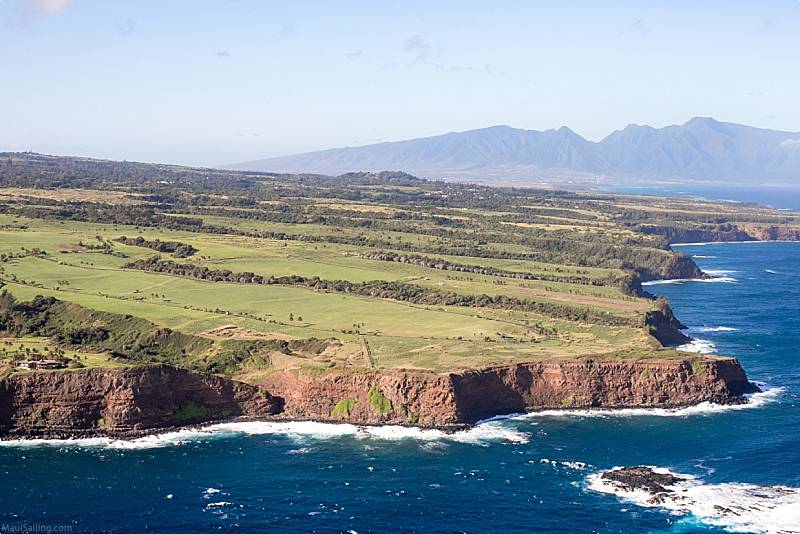
Polynesian Culture
Despite their mammoth distance of 4,600 miles, New Zealand and Maui share similar indigenous cultures.
Hawaiians and the Maori both have roots in ancient Polynesia. Both peoples migrated from the Central-Eastern Pacific. Maori people are believed to have migrated from somewhere near French Polynesia in the 13th century, while Hawaiians are thought to have migrated from the Marquesas Islands between the 4th and 13th centuries.
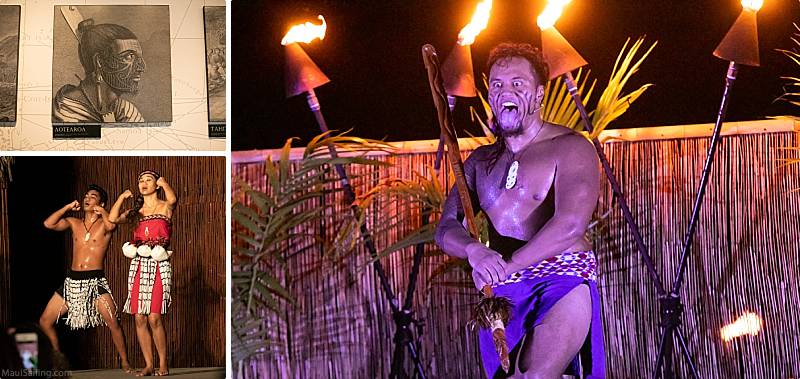
Naturally, each culture evolved to include its own distinct language, practices, and identity. But despite thousands of years of separation, there are a number of Polynesian common denominators between the two cultures – evidenced by similar phonetics, reverence for the natural world, and cultural expression in dance and music.
What’s more, Maori dances, like the haka and poi ball dance, are often showcased at Maui luaus – a little taste of home for visiting Kiwis.
Outdoor Adventure
Maui and New Zealand share a common thread of epic outdoor adventures – albeit in vastly different climates.
It’s not unreasonable to think that Kiwis head to Hawaii to get their adventure fix in a warmer climate, where snorkeling and surfing don’t require a wetsuit. (Check out Maui Activities)
Meanwhile, “tramping” – which can be classified as hiking, walking, or backpacking – is the unofficial national pastime of New Zealand. And as luck would have it, Maui is the unofficial hiking capital of Hawaii.
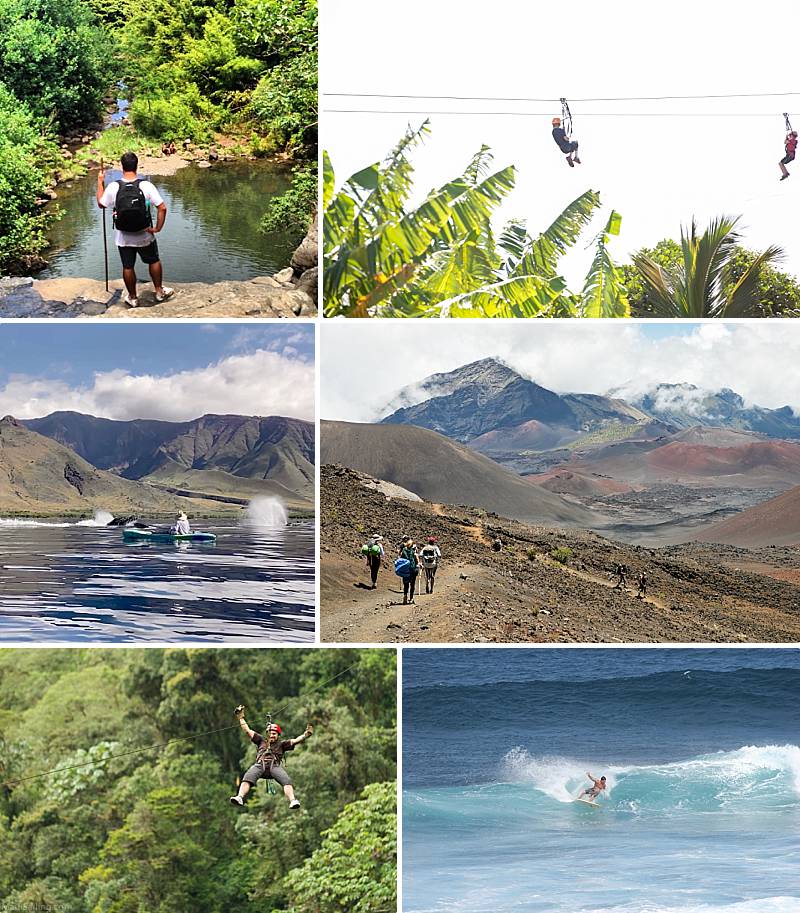
Maui’s most popular hiking area – Haleakala National Park – is also eerily similar to one of New Zealand’s great treks: the Tongariro Alpine Crossing. While you won’t find any alpine lakes or snowpacks at Haleakala Crater, the two areas share an otherworldly volcanic landscape with iron-red cinder cones and barren high-elevation deserts. See things to do on Maui in the winter.
Sustainability and Eco-Tourism
Both New Zealand and Maui have precious ecosystems, home to flora and fauna found nowhere else on the planet. Thus, the two locales have a shared commitment to sustainability and eco-tourism, evident in their efforts to preserve their natural environment and promote responsible travel.
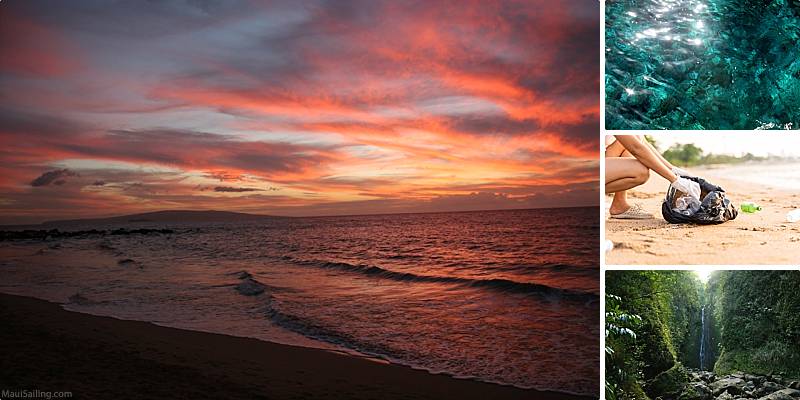
The shared love for sustainability and eco-tourism creates a welcoming environment for travelers who are passionate about exploring beautiful landscapes, supporting local communities, and experiencing nature in a responsible way.
Endemic Species
Hawaii and New Zealand boast incredible biodiversity, including an impressive array of endemic species – species found nowhere else on Earth.
Hawaii, the most isolated populated landmass in the world, is home to an abundance of endemic plants and animals, including the iconic silversword plant and colorful Hawaiian honeycreepers.
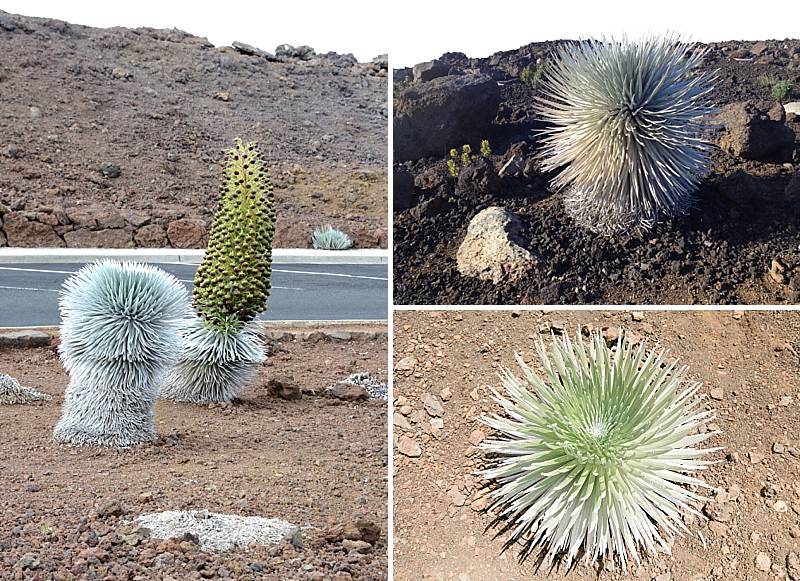
Meanwhile, New Zealand – also an isolated archipelago – is home to extraordinary endemics like the kiwi bird and the ancient tuatara, which resembles an iguana.
New Zealanders on Maui can glimpse some of Hawaii’s endemic species at Haleakala National Park – where silverswords, ohia lehua, and scarlet red I’iwi (a type of Hawaiian honeycreeper) abound.
Scenic Beauty
With places like Milford Sound, Hawkes Bay, Rotorua, and Piha in their backyard, Kiwis are no strangers to stunning landscapes.
Maui offers its fair share of breathtaking vistas, too. The sunrise from Halekala’s 10,000-foot summit is a must-see spectacle, as well as the scenic drive along the Road to Hana – known for its waterfalls, rainforests, and plunging cliffs (not totally unlike the Milford Road!).
Nature lovers from New Zealand will appreciate the diverse and awe-inspiring beauty that Maui has to offer.

Kiwis, what brings you to Maui? And what makes you choose Maui over closer islands? Let us know if anything resonates with you – and gets you stoked about visiting the Hawaiian Islands!


